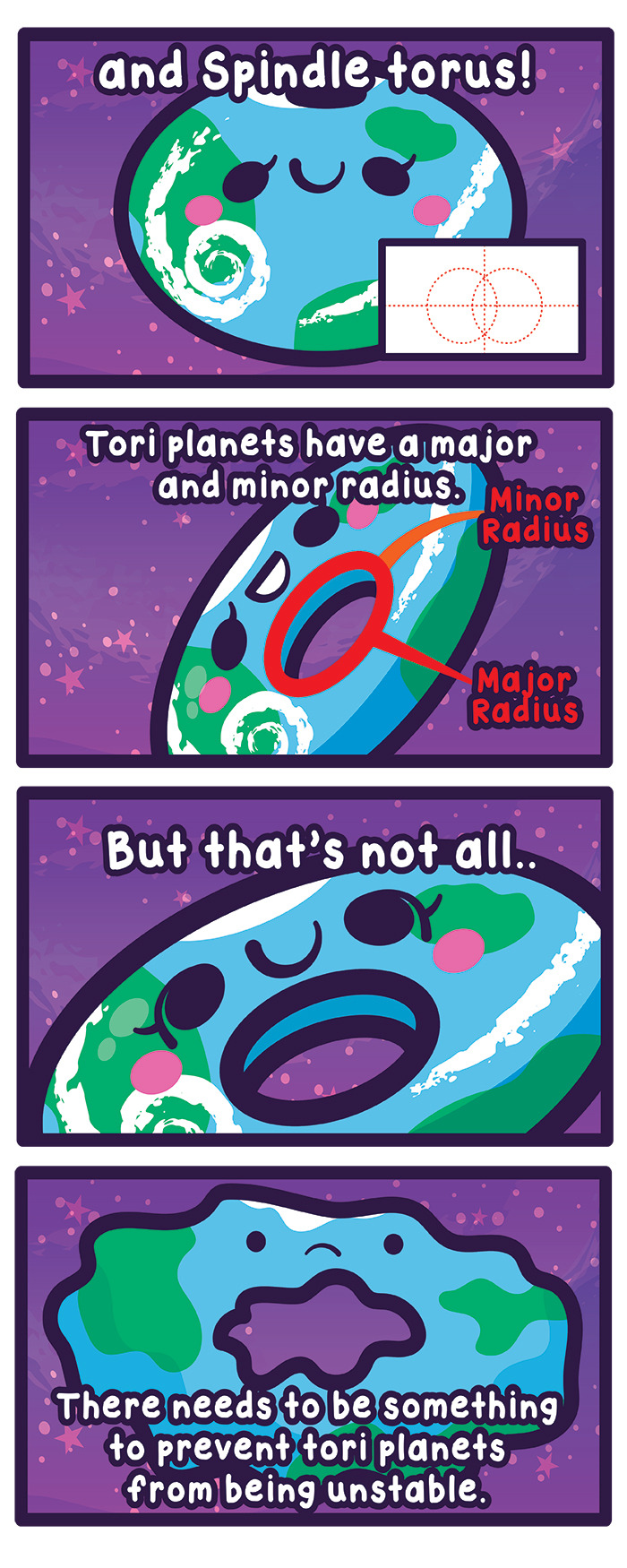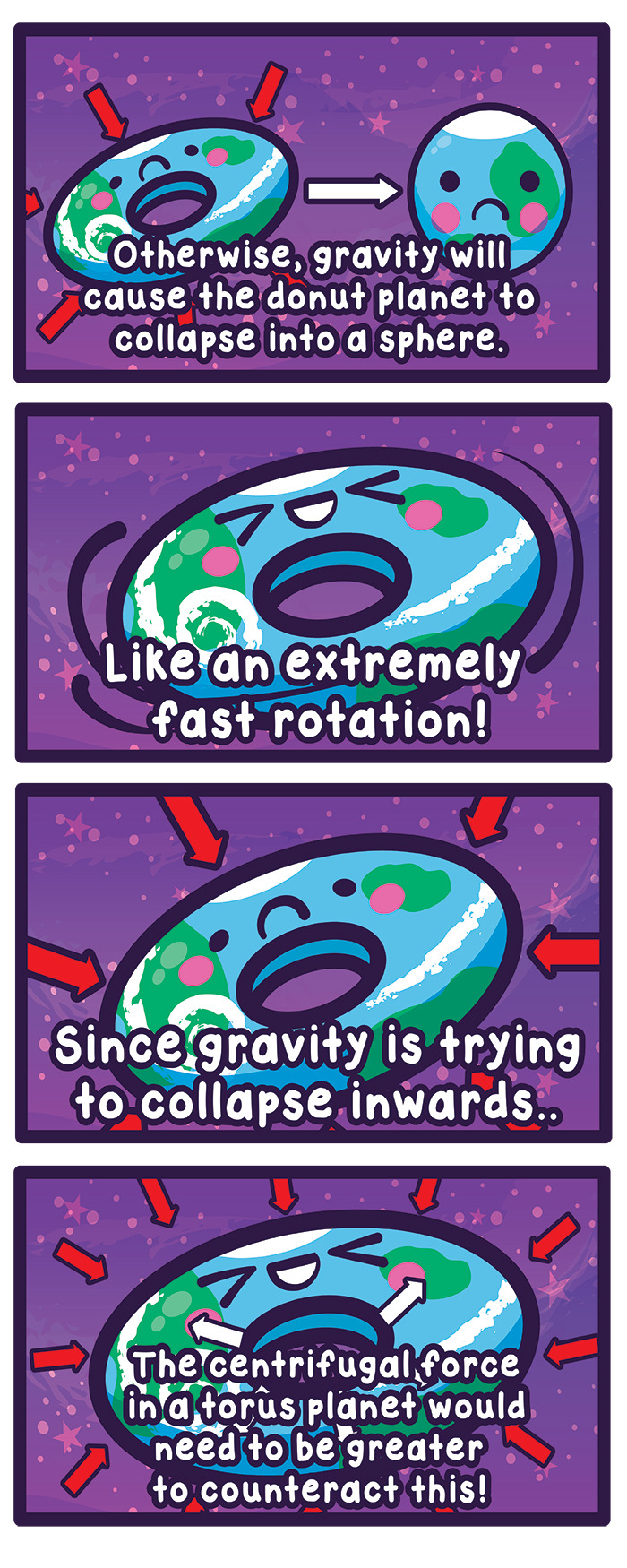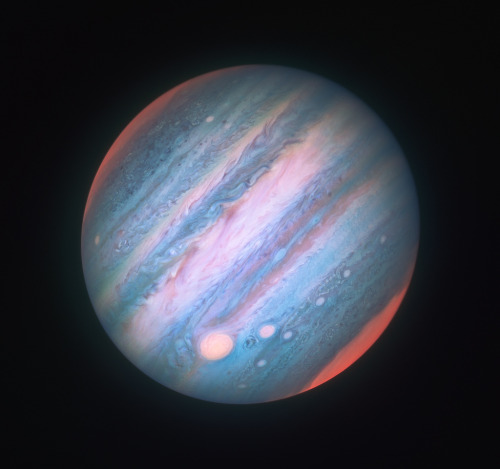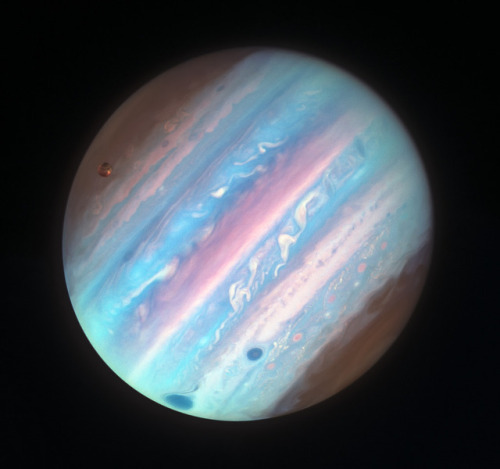New Science From Our Mission To Touch The Sun
New Science from our Mission to Touch the Sun

In August 2018, our Parker Solar Probe mission launched to space, soon becoming the closest-ever spacecraft from the Sun. Now, scientists have announced their first discoveries from this exploration of our star!
The Sun may look calm to us here on Earth, but it’s an active star, unleashing powerful bursts of light, deluges of particles moving near the speed of light and billion-ton clouds of magnetized material. All of this activity can affect our technology here on Earth and in space.
Parker Solar Probe’s main science goals are to understand the physics that drive this activity — and its up-close look has given us a brand-new perspective. Here are a few highlights from what we’ve learned so far.
1. Surprising events in the solar wind
The Sun releases a continual outflow of magnetized material called the solar wind, which shapes space weather near Earth. Observed near Earth, the solar wind is a relatively uniform flow of plasma, with occasional turbulent tumbles. Closer to the solar wind’s source, Parker Solar Probe saw a much different picture: a complicated, active system.
One type of event in particular drew the eye of the science teams: flips in the direction of the magnetic field, which flows out from the Sun, embedded in the solar wind. These reversals — dubbed “switchbacks” — last anywhere from a few seconds to several minutes as they flow over Parker Solar Probe. During a switchback, the magnetic field whips back on itself until it is pointed almost directly back at the Sun.

The exact source of the switchbacks isn’t yet understood, but Parker Solar Probe’s measurements have allowed scientists to narrow down the possibilities — and observations from the mission’s 21 remaining solar flybys should help scientists better understand these events.
2. Seeing tiny particle events
The Sun can accelerate tiny electrons and ions into storms of energetic particles that rocket through the solar system at nearly the speed of light. These particles carry a lot of energy, so they can damage spacecraft electronics and even endanger astronauts, especially those in deep space, outside the protection of Earth’s magnetic field — and the short warning time for such particles makes them difficult to avoid.

Energetic particles from the Sun impact a detector on ESA & NASA’s SOHO satellite.
Parker Solar Probe’s energetic particle instruments have measured several never-before-seen events so small that all trace of them is lost before they reach Earth. These instruments have also measured a rare type of particle burst with a particularly high number of heavier elements — suggesting that both types of events may be more common than scientists previously thought.
3. Rotation of the solar wind
Near Earth, we see the solar wind flowing almost straight out from the Sun in all directions. But the Sun rotates as it releases the solar wind, and before it breaks free, the wind spins along in sync with the Sun’s surface. For the first time, Parker was able to observe the solar wind while it was still rotating – starting more than 20 million miles from the Sun.

The strength of the circulation was stronger than many scientists had predicted, but it also transitioned more quickly than predicted to an outward flow, which helps mask the effects of that fast rotation from the vantage point where we usually see them from, near Earth, about 93 million miles away. Understanding this transition point in the solar wind is key to helping us understand how the Sun sheds energy, with implications for the lifecycles of stars and the formation of protoplanetary disks.
4. Hints of a dust-free zone
Parker also saw the first direct evidence of dust starting to thin out near the Sun – an effect that has been theorized for nearly a century, but has been impossible to measure until now. Space is awash in dust, the cosmic crumbs of collisions that formed planets, asteroids, comets and other celestial bodies billions of years ago. Scientists have long suspected that, close to the Sun, this dust would be heated to high temperatures by powerful sunlight, turning it into a gas and creating a dust-free region around the Sun.

For the first time, Parker’s imagers saw the cosmic dust begin to thin out a little over 7 million miles from the Sun. This decrease in dust continues steadily to the current limits of Parker Solar Probe’s instruments, measurements at a little over 4 million miles from the Sun. At that rate of thinning, scientists expect to see a truly dust-free zone starting a little more than 2-3 million miles from the Sun — meaning the spacecraft could observe the dust-free zone as early as 2020, when its sixth flyby of the Sun will carry it closer to our star than ever before.
These are just a few of Parker Solar Probe’s first discoveries, and there’s plenty more science to come throughout the mission! For the latest on our Sun, follow @NASASun on Twitter and NASA Sun Science on Facebook.
More Posts from Night-hides-the-world and Others






In this 2 part series, Planet X will teach you about the formation of donut planets using the power of physics!
http://io9.gizmodo.com/what-would-the-earth-be-like-if-it-was-the-shape-of-a-d-1515700296


Jupiter in Near-Infrared Jupiter and Ganymede in Near-UV and Blue
by Judy Schmidt

This is a small portion of NGC 2023
Credit: Judy Schmidt

NGC 1999
Just south of the Orion nebula is a dense area of dust and gas forming stars, in fact, the first Herbig-Haro stars were located here, protostars pushing intense beams of matter out at the poles.
The mystery is the black blob in the white region, a reflective nebula from the star V380 Ori, but what is the dark patch ?

Originally it was thought to be a dense dark cloud of dust, hiding the light, however further analysis has found it is indeed a hole, made to look black in contrast to the bright reflective surroundings.
Source is Discovery Chanel. Here’s a video.

The largest known star in the universe, compared to Earth.
In order of appearance - Earth, Sol (Our Sun), Sirius, Betelgeuse, Canis Majoris.
Canis Majoris is in fact so large, that if it were to replace our own sun the star itself would extend outwards past the orbit of Jupiter.
[Click for more interesting science facts and gifs]

Stars burst into life in Carina

Paul McCoubrie - Taken just after the sun had set over the Alpine mountains, this optical phenomenon was a fleeting lovely vision that lasted for a few minutes only. It is caused by the sun below the horizon casting a shadow onto the clouds.

The glow of ionized hydrogen in the Flame Nebula, in Orions belt, by Adam Block
js
The #HubbleTelescope captured these auroras on #jupiter caused by light waves interacting with the planet’s magnetic fields.
-
 virtuosojo liked this · 1 year ago
virtuosojo liked this · 1 year ago -
 vaseshipghost reblogged this · 1 year ago
vaseshipghost reblogged this · 1 year ago -
 vaseshipghost liked this · 1 year ago
vaseshipghost liked this · 1 year ago -
 gremlinsaurus liked this · 1 year ago
gremlinsaurus liked this · 1 year ago -
 uriigamii liked this · 1 year ago
uriigamii liked this · 1 year ago -
 naomiinyun liked this · 1 year ago
naomiinyun liked this · 1 year ago -
 renaissage liked this · 2 years ago
renaissage liked this · 2 years ago -
 thistrashisreadytobash liked this · 4 years ago
thistrashisreadytobash liked this · 4 years ago -
 buskuta liked this · 4 years ago
buskuta liked this · 4 years ago -
 aureliamorningstar24 liked this · 4 years ago
aureliamorningstar24 liked this · 4 years ago -
 findingmyselfatm liked this · 4 years ago
findingmyselfatm liked this · 4 years ago -
 demtones liked this · 4 years ago
demtones liked this · 4 years ago -
 fotecho liked this · 4 years ago
fotecho liked this · 4 years ago -
 famouspastapersonshark liked this · 4 years ago
famouspastapersonshark liked this · 4 years ago -
 laurence1211 liked this · 4 years ago
laurence1211 liked this · 4 years ago -
 honestlybabyitscool liked this · 4 years ago
honestlybabyitscool liked this · 4 years ago -
 vergeofinsanity liked this · 4 years ago
vergeofinsanity liked this · 4 years ago -
 cliffsteele reblogged this · 4 years ago
cliffsteele reblogged this · 4 years ago -
 cliffsteele liked this · 4 years ago
cliffsteele liked this · 4 years ago -
 mossworshipper liked this · 4 years ago
mossworshipper liked this · 4 years ago -
 milkhoney531 reblogged this · 4 years ago
milkhoney531 reblogged this · 4 years ago -
 milkhoney531 liked this · 4 years ago
milkhoney531 liked this · 4 years ago -
 walkingonsunshine liked this · 4 years ago
walkingonsunshine liked this · 4 years ago -
 themanwiththeplan liked this · 4 years ago
themanwiththeplan liked this · 4 years ago -
 poemsandknowledge liked this · 4 years ago
poemsandknowledge liked this · 4 years ago -
 night-hides-the-world reblogged this · 4 years ago
night-hides-the-world reblogged this · 4 years ago -
 justanothervirus liked this · 4 years ago
justanothervirus liked this · 4 years ago -
 confirmedworm liked this · 4 years ago
confirmedworm liked this · 4 years ago -
 locurasindelirios liked this · 4 years ago
locurasindelirios liked this · 4 years ago -
 lunadevilstar liked this · 4 years ago
lunadevilstar liked this · 4 years ago -
 lee-lee-la liked this · 5 years ago
lee-lee-la liked this · 5 years ago -
 freeturtleclamdeputy liked this · 5 years ago
freeturtleclamdeputy liked this · 5 years ago -
 rata-anarquista liked this · 5 years ago
rata-anarquista liked this · 5 years ago -
 snailswithwings reblogged this · 5 years ago
snailswithwings reblogged this · 5 years ago -
 pinkiepieaddict reblogged this · 5 years ago
pinkiepieaddict reblogged this · 5 years ago -
 7tseven liked this · 5 years ago
7tseven liked this · 5 years ago -
 cherryobvious liked this · 5 years ago
cherryobvious liked this · 5 years ago
Astronomy and the other wonders you witness when you look to the skies.
115 posts








